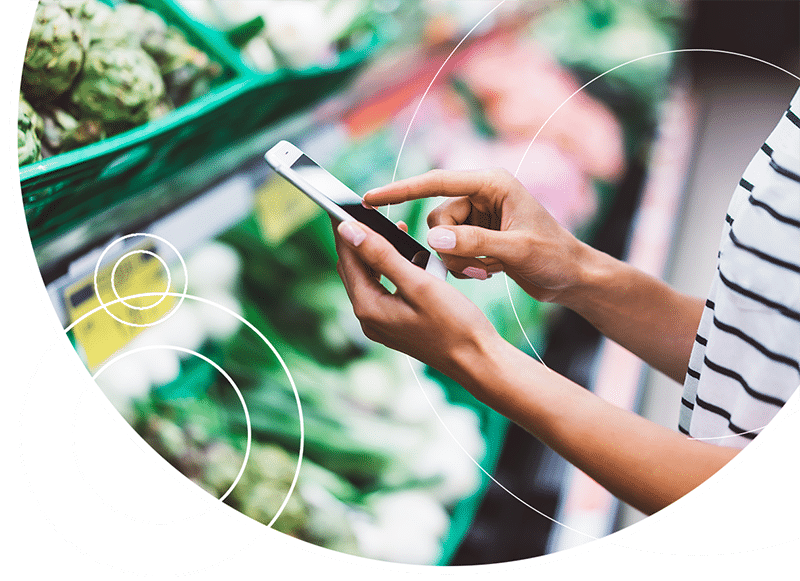As someone recently married, trust me when I say that you hear a lot about your partner and, with any luck, everything you learn is good. It’s the little things that mean a lot: what their favorite colour is, their favorite meal or beverage, the place they most love to visit, hobbies, and more.
And in a relationship it’s this information that is applied to making each other happy: the perfect gifts, the perfect night out, the list is endless. In short, it’s this intimate knowledge that ultimately strengthens a relationship and creates a deep and meaningful future together.
Okay, so romance aside, what if the same type of intimate knowledge could be garnered for retailers and customers? Now, don’t get me wrong, I am in no way suggesting that a retailer/customer relationship is ever going to be as intimate as a marriage, but for all intent and purposes it can be.
This is where the ever-sought-after Single-User-Profile (SUP) comes into play. The one thing that represents the golden egg that all retailers hope to achieve when creating long-lasting, meaningful relationships with customers. So, why is that?
First, the idea of personally knowing everything about every customer and keeping that within one’s own brain is never going to be a possibility. Let’s face it, if you’re anything like me, I can barely remember where I put my sunglasses or car keys most days—the details of what a mere acquaintance likes on their salad just ain’t gonna happen. That is unless I had a comprehensive database that stored all of that pertinent information and, of course, all accessible in real time. Imagine what you could do if it also told you where your car keys were…but I digress.
It’s this type of database that is the Single-User-Profile—an ever-evolving file that captures every interaction, every purchase, every like and dislike, and so much more, all to be used to forge real relationships with real individuals but en masse.
But there is far more to this than just data. It’s also about how Single-User-Profiles are managed and leveraged in real time. Just like struggling to know what salad dressing a single semi-stranger would like, now imagine trying to know what 50 semi-strangers would like, or perhaps 500, or even 5,000. Accessing this data manually would be just as difficult as trying to memorize it.
That’s why technology plays such a huge role in this equation. For every ever-evolving Single-User-Profile, there must be a system in place that captures, collects, files and manages every bit of information. More so, that same technology must also be able to calculate outcomes from that data to deliver back real and meaningful suggestions, tips, offers, and so much more—all showing the customer that they are known as an individual and not just a number in a database.
And though this may all sound overwhelming—and up to even five years ago it was—in 2020 and beyond, this type of sophistication is as readily available as any other easy-to-implement, easy-to-use technology. Remember when building an eCommerce store was a Herculean effort, but then platforms came along that allowed you to pick a template, upload your items, and start selling in virtually no time? Well, this is where retail technology now sits.
Starting down the road of Single-User-Profile technology and usage is no more difficult than downloading an app. From there, it’s a work-at-your-own pace until you get to where you ultimately want to be, making tremendous progress at every step along the way.
For retailers in 2020 and beyond, people expect better relationships based on the data they share—intimate interactions that lead to long-lasting relationships. It only takes a single step to start the journey, one proverbial foot in front of the other. Are you ready for Single-User-Profiles?

